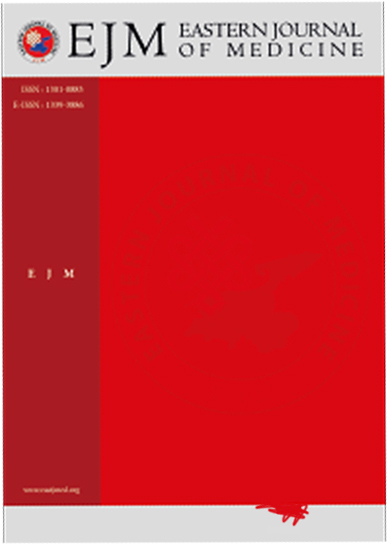Acute Effects of Neural Mobilization in Patients with Cervical Radiculopathy: A Randomized Controlled Trial
Büşra Sökmen Yıldırım, Berna Karamancıoğlu, Beyzanur Dikmen, Ömer ŞevginDepartment of Physiotherapy and Rehabilitation, Uskudar University, Istanbul, Turkiye.INTRODUCTION: The aim of this study was to investigate the immediate effect of neural mobilization techniques, one of the manual therapy methods that can be used in the treatment of cervical radiculopathy(CR).
METHODS: Forty-four patients diagnosed with CR were assigned to the Control Group(CG, n=22) or Neural Mobilization Group(NMG, n=22) by simple randomization. CG received conventional physiotherapy and NMG received additional neural mobilization to conventional physiotherapy. Pain levels and characteristics of the patients were evaluated with the Numerical Pain Rating Scale(NPRS) and Neuropathic Pain Questionnaire(NPQ) at the beginning and end of the intervention, hand grip strength and pinch grip strength were evaluated with digital hand dynamometer(JAMAR Plus Digital Hand Dynamometer) and digital pinch gauge(JAMAR Plus Pinch Gauge).
RESULTS: Although there was a significant difference in the severity of neck pain and grip strength of both hands in both groups(p<0.05), there was no significant difference between the groups. While pinch grip strength increased in both groups, there was a greater increase in NMG than CG(p<0.05). In the comparison of the post-intervention pain characteristics of the two groups, the neural mobilization group showed a significant decrease in "unpleasant pain" and "overwhelming pain" values compared to the control group(p<0.05).
DISCUSSION AND CONCLUSION: The results showed that neural mobilization in CR was effective in acutely reducing pain and increasing hand grip and pinch strength. The addition of neural mobilization to the physiotherapy program may be considered for short-term goals in the treatment of CR, but its long-term effectiveness should be investigated.
Manuscript Language: English














